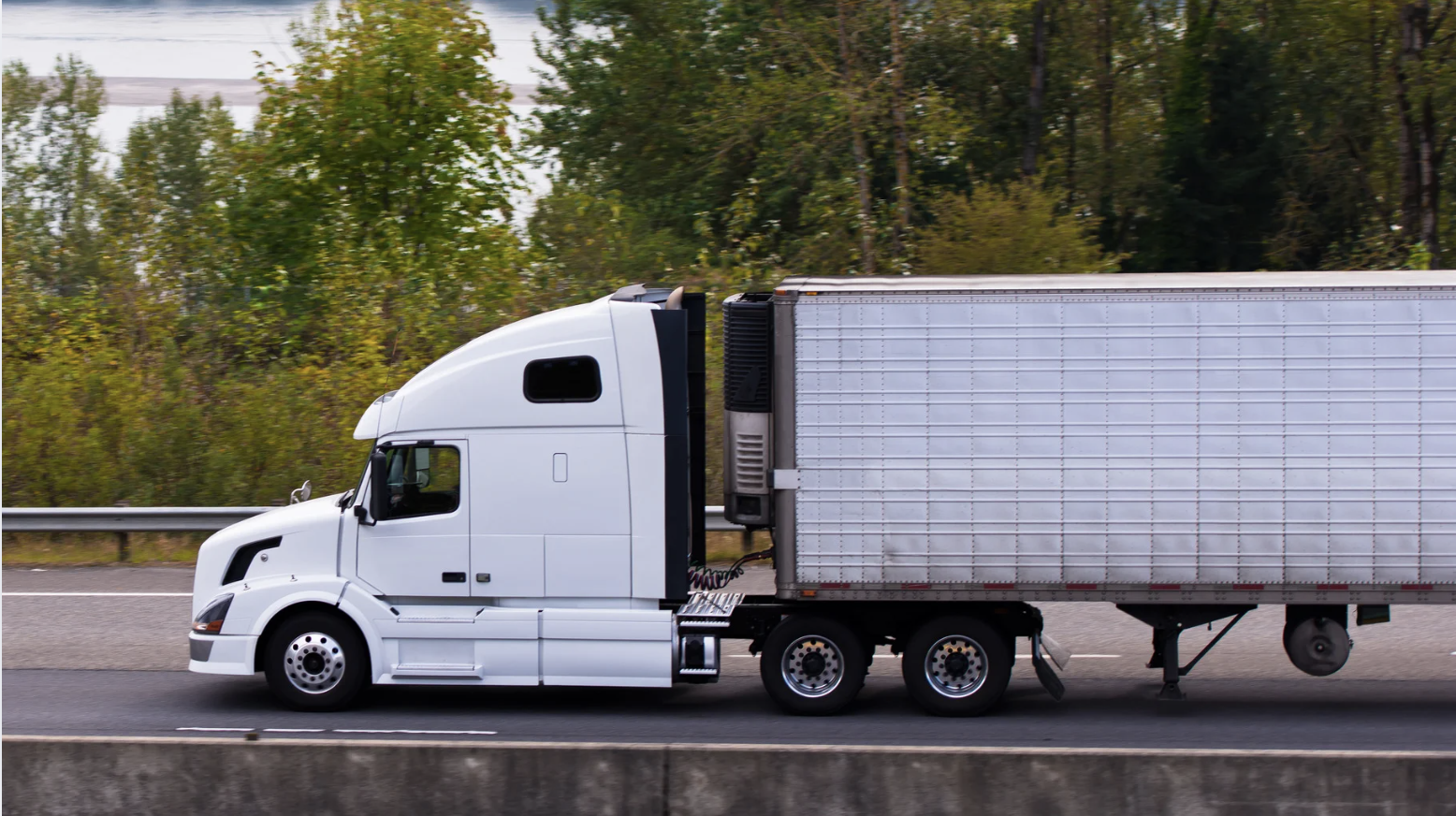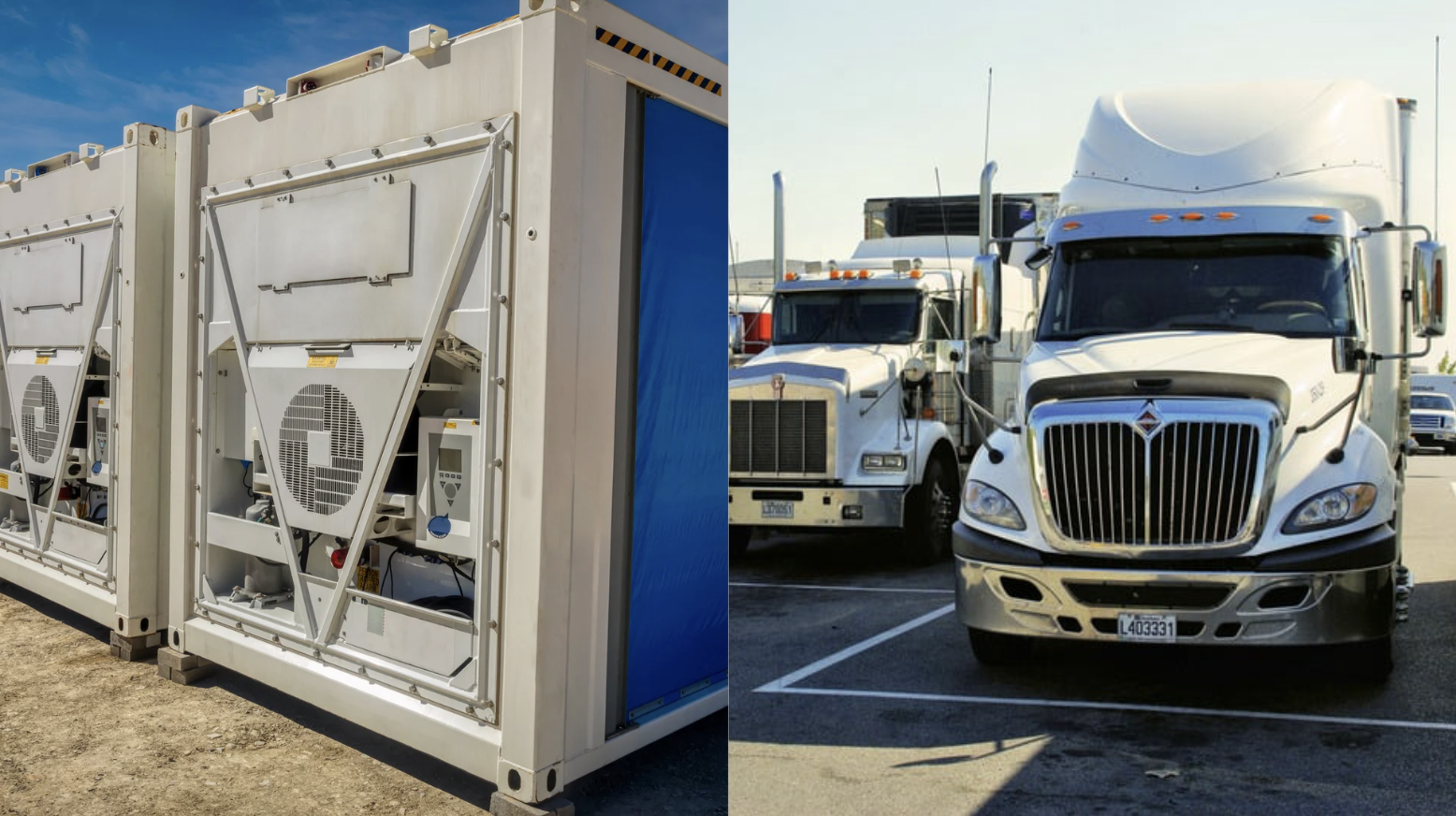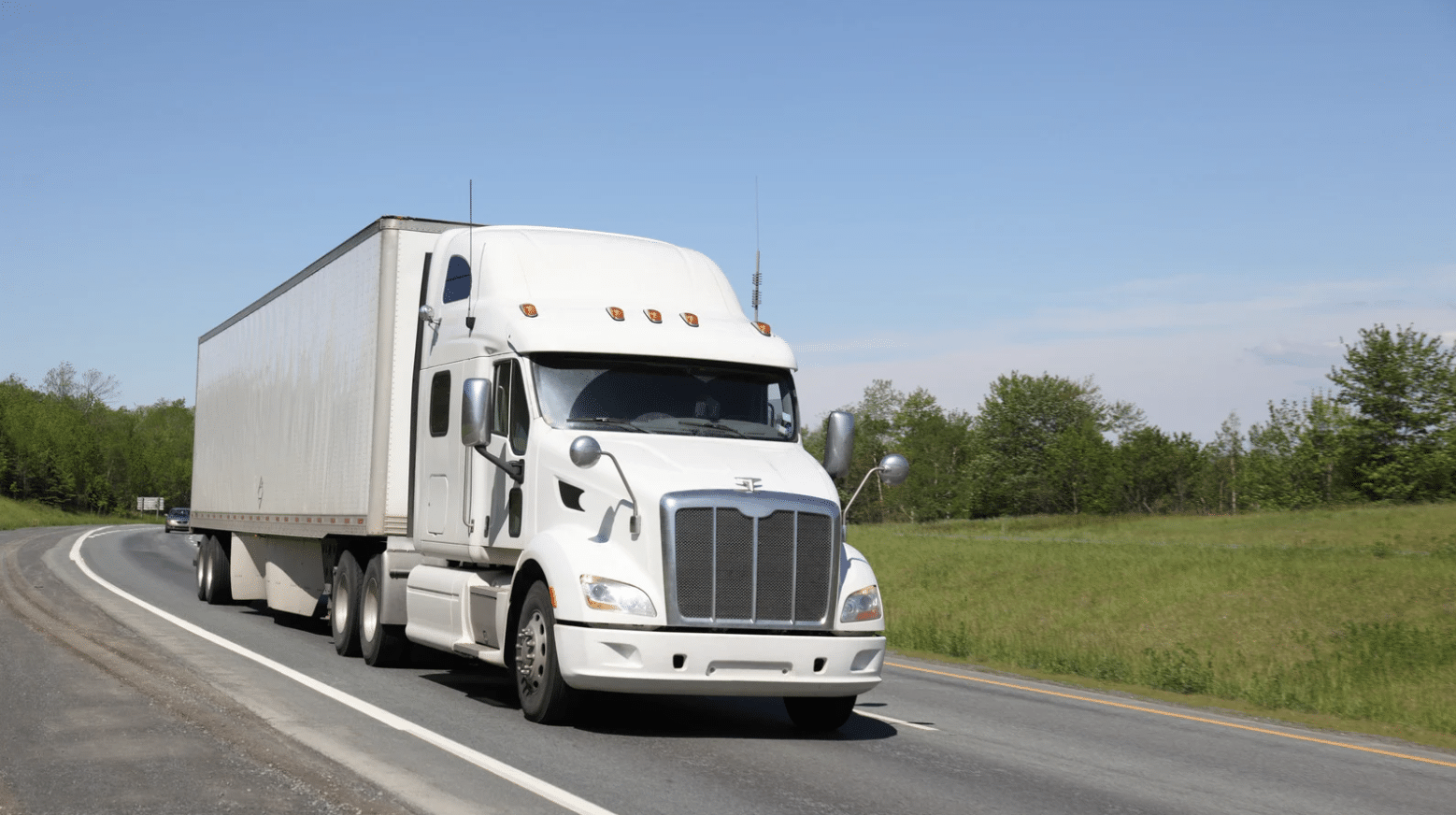When I first heard the term “reefer trucking,” I thought it sounded confusing, but it’s actually pretty simple.
Reefer trucking is all about moving goods in refrigerated trailers that keep products at the right temperature while on the road.
These trucks are a big part of everyday life because they carry things like fresh produce, meat, dairy, medicine, and even flowers.
Without them, many of the items we buy wouldn’t stay safe or fresh by the time they reach stores.
In this blog, I’ll explain what reefer trucking is, how it works, and why it’s such an important part of the supply chain. I’ll also cover the main benefits and some challenges that come with it.
What is Reefer Trucking?
Reefer trucking is the transport of goods using refrigerated trailers, often called “reefers.” These trailers are designed to keep products at a set temperature during the entire trip.
They have insulated walls and a built-in cooling system powered by its own fuel source. Unlike regular dry vans, reefers can maintain cold, frozen, or even heated conditions depending on the cargo.
This makes them perfect for moving fresh produce, meat, dairy, medicines, and other temperature-sensitive products.
Simply put, reefer trucking is what keeps perishable items safe, fresh, and ready to use by the time they reach stores or customers.
How Reefer Trucking Trailers Work

Reefer trailers may look like regular trucks from the outside, but inside they have special systems that keep goods at the right temperature.
1. Insulated Walls
Reefer trailers are built with thick, insulated walls that prevent outside heat or cold from affecting the cargo.
This insulation helps maintain a stable environment inside the trailer, even in extreme weather. Without it, the refrigeration system would have to work much harder, which could waste fuel and increase costs.
2. Refrigeration Unit
The heart of a reefer trailer is the refrigeration unit. It includes a compressor, condenser, and evaporator that work together to move heat out of the trailer and keep the inside at the correct temperature.
These units can cool, freeze, or even heat, depending on the load’s needs.
3. Separate Fuel Tank
Unlike standard trucks, reefers have their own fuel tank to power the refrigeration system. This means the unit can keep running even when the truck is parked or waiting at a dock.
Having a separate fuel source ensures the cargo remains safe and stable at all times.
4. Temperature Control
Drivers can set the desired temperature on the control panel, and the system will maintain it throughout the trip.
The unit doesn’t just cool the air – it regulates it, ensuring the load stays within a safe range. This control is critical for sensitive goods like medicine or frozen food.
5. Airflow System
Reefer trailers use powerful fans to circulate air evenly across the cargo. Proper airflow prevents hot or cold spots, keeping every product at the right temperature.
This is why loading practices, such as leaving space between pallets, are so important for maintaining consistent airflow.
Loading and Handling Best Practices in Reefer Trucking
I’ve learned that keeping products safe in reefer trucking isn’t just about the trailer – it’s also about how you load and handle the freight.
- Pre-cool the trailer: Make sure the trailer is already at the right temperature before loading.
- Pre-cool the products: Goods should be chilled or frozen ahead of time; reefers maintain, not cool down warm items.
- Use pallets and spacing: Keep products on pallets and leave space for air to move around.
- Avoid blocking airflow: Don’t stack items against air chutes, walls, or vents.
- Limit door openings: Keep doors closed as much as possible to prevent temperature changes.
Reefer Trucking Equipment and Specs
I find it helpful to look at the basic equipment and specs of reefer trailers because they explain how these trucks handle sensitive cargo.
| Feature | Details |
|---|---|
| Trailer Length | Commonly 48–53 feet long, with 53 feet being the standard size |
| Width | Typically 102 inches wide |
| Reefer Unit | Includes compressor, condenser, evaporator, and controller |
| Fuel Tank | Separate tank powers the refrigeration system independently |
| Temperature Range | Can maintain frozen, chilled, or heated conditions as needed |
| Airflow System | Fans distribute air evenly to keep cargo at the correct temperature |
These features make reefer trucking reliable for carrying perishable and sensitive goods across long distances. They’re built to keep products safe and consistent throughout the trip.
Advantages and Disadvantages of Reefer Trucking

Reefer trucking plays a key role in moving products that need strict temperature control. Like any system, it comes with both benefits and challenges.
Advantages of Reefer Trucking
- High demand: Essential for food, pharmaceuticals, and other perishable goods.
- Versatility: Can handle frozen, chilled, or heated cargo.
- Better rates: Often pays more than standard dry van freight.
- Year-round work: Consistent demand regardless of season.
- Product safety: Maintains quality and extends the shelf life of sensitive products.
Disadvantages of Reefer Trucking
- Higher costs: Extra fuel and maintenance for refrigeration units.
- Stricter schedules: Tight delivery windows, especially for groceries and medicine.
- Risk of claims: Cargo loss if the temperature isn’t maintained properly.
- Driver stress: More responsibility with monitoring and compliance.
- Complex equipment: More parts to maintain compared to dry vans.
Reefer trucking is both rewarding and demanding. Understanding its strengths and challenges helps shippers and carriers make informed choices.
Reefer Trucking Costs and Pricing Factors
Reefer trucking usually costs more than standard trucking because of the extra equipment and care involved. The price of a load can change based on several factors, and knowing them helps explain why rates aren’t always the same.
- Fuel for the reefer unit: The refrigeration system has its own fuel tank, which adds to overall costs.
- Seasonal demand: Produce seasons or holidays often push rates higher because more reefers are needed.
- Distance and routes: Longer hauls and difficult routes can raise prices.
- Type of cargo: Fragile or multi-temperature loads may need special handling.
- Detention time: Delays at loading or unloading add to costs.
Estimated Costs:
| Cost Factor | Estimated Range (USD) | Notes |
|---|---|---|
| Base Rate per Mile | $2.50 – $3.50 per mile | Depends on region, season, and freight type |
| Fuel for Reefer Unit | $60 – $120 per day | Varies by temperature setting and trailer usage |
| Detention Fees | $50 – $100 per hour after 2 free hours | Charged if loading/unloading takes longer than expected |
| Lumbar/Unload Fees | $100 – $250 per load | Sometimes required at grocery warehouses or food distribution centers |
| Accessorial Charges | $50 – $150 | For extra stops, special handling, or temp changes en route |
| Multi-Temp Loads | $150 – $300 extra per load | Additional charge for using multiple temperature zones |
These factors together shape the final price of reefer trucking services.
Getting Started with Reefer Trucking
Starting out in reefer trucking takes some planning because it’s more detailed than standard trucking. Knowing the basics helps shippers, carriers, and drivers avoid costly mistakes and keep cargo safe.
For Shippers
- Define product requirements, such as temperature range and tolerance.
- Pre-cool products before loading and make sure packaging supports airflow.
- Share clear instructions with carriers on set points and handling.
- Use monitoring tools to track temperatures during transit.
For Carriers and Drivers
- Learn how to run pre-trip inspections and test the reefer unit.
- Always pre-cool the trailer before loading.
- Keep fuel levels high for the refrigeration unit.
- Monitor temperatures often and keep records for proof of compliance.
By starting with the right knowledge and habits, reefer trucking becomes a smooth and reliable part of the supply chain.
Conclusion
Reefer trucking is one of the most important parts of modern transportation because it keeps products safe, fresh, and ready for customers. From groceries to medicines, many of the essentials you rely on every day move through refrigerated trailers.
I’ve seen how insulation, airflow systems, and temperature controls make the difference between a shipment arriving in perfect condition or being wasted.
For you, understanding these systems and the responsibilities they bring can help reduce risks, cut losses, and build stronger supply chain partnerships.
By learning how reefer trucking really works, both shippers and carriers can deliver quality without compromise.
If you want more practical tips on refrigerated transport, trucking trends, and logistics strategies, check out my other blogs today.















